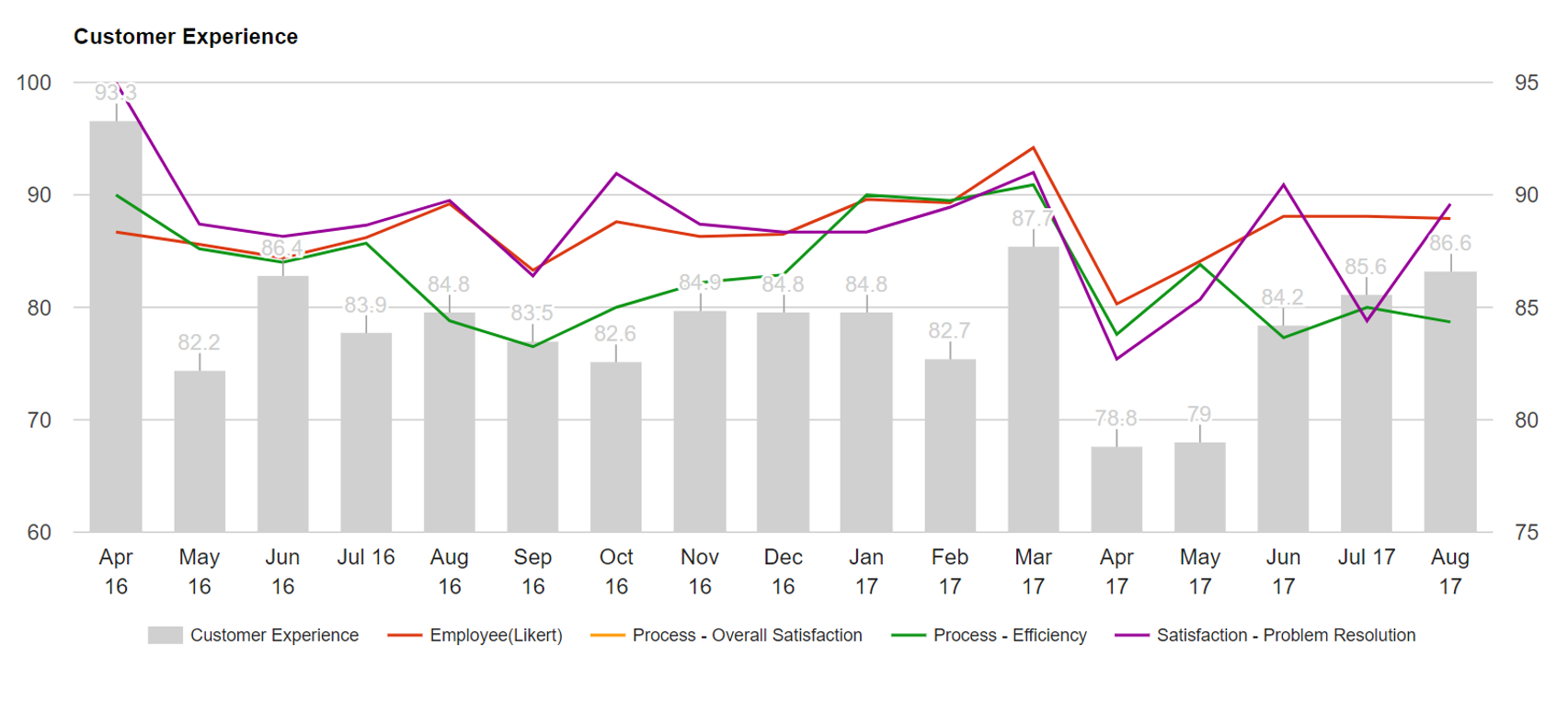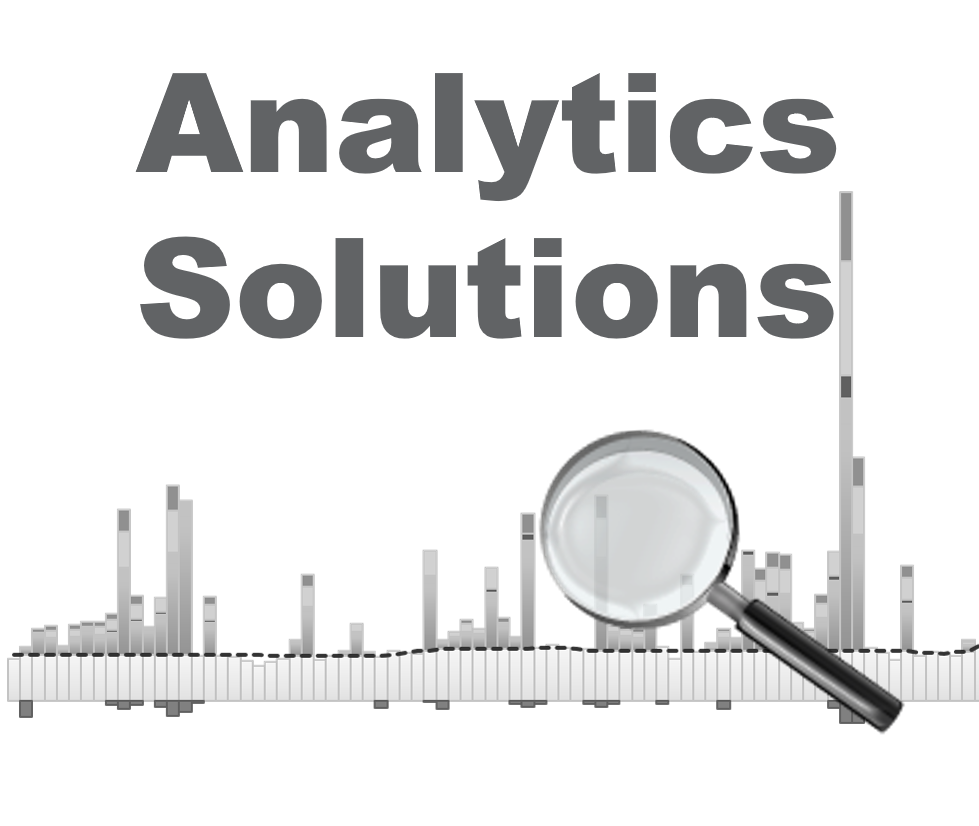-
Customer Satisfaction
Retention and Attrition
Evolution of Customer Satisfaction
Customer and Employee Satisfaction
Customer Loyalty
Customer Satisfaction Research
Transaction Survey
Relationship Survey
Drivers — Customer Loyalty
Interpretation & Recommendation
Kano Model
Customer Value
Customers’Purchasing Philosophy
Value-in-Use Analysis
Value Assessment
Customer Value Management
Customer Lifetime Value
- Segmentation
- Qualitative Research
- Quantitative Research
- Customer Satisfaction and Customer Value
- Consumer Panels and Consumer Analytics
- Big Data and Consumer Analytics
- Marketing Education
- Is Marketing Education Fluffy and Weak?
- How to Choose the Right Marketing Simulator
- Self-Learners: Experiential Learning to Adapt to the New Age of Marketing
- Negotiation Skills Training for Retailers, Marketers, Trade Marketers and Category Managers
- Simulators becoming essential Training Platforms
- What they SHOULD TEACH at Business Schools
- Experiential Learning through Marketing Simulators
-
MarketingMind
Customer Satisfaction
Retention and Attrition
Evolution of Customer Satisfaction
Customer and Employee Satisfaction
Customer Loyalty
Customer Satisfaction Research
Transaction Survey
Relationship Survey
Drivers — Customer Loyalty
Interpretation & Recommendation
Kano Model
Customer Value
Customers’Purchasing Philosophy
Value-in-Use Analysis
Value Assessment
Customer Value Management
Customer Lifetime Value
- Segmentation
- Qualitative Research
- Quantitative Research
- Customer Satisfaction and Customer Value
- Consumer Panels and Consumer Analytics
- Big Data and Consumer Analytics
- Marketing Education
- Is Marketing Education Fluffy and Weak?
- How to Choose the Right Marketing Simulator
- Self-Learners: Experiential Learning to Adapt to the New Age of Marketing
- Negotiation Skills Training for Retailers, Marketers, Trade Marketers and Category Managers
- Simulators becoming essential Training Platforms
- What they SHOULD TEACH at Business Schools
- Experiential Learning through Marketing Simulators
The Kano Model
The Kano model is a technique developed by Professor Noriaki Kano that categorizes product and service features in terms of their impact on customer satisfaction. This helps organizations prioritize areas that they need to focus on to enhance customer satisfaction.
According to the model, product or service attributes can be grouped into the following categories (see Exhibit 6.13):
- Dissatisfiers are basic attributes that customers expect to be present. These “must be” attributes or hygiene factors are taken for granted and will trigger dissatisfaction if unfulfilled.
- Satisfiers are attributes that generate satisfaction when fulfilled, and dissatisfaction when not fulfilled. Improvement in performance on these attributes produces higher level of satisfaction.
- Delighters are exciting features that customers do not expect but are delighted when they find them.
Taking the example of air travel, if during check-in you are informed that no seat is available despite a confirmed reservation, you are likely to be highly dissatisfied. It is an attribute that can only trigger unhappiness — if the seat was available, that being an expectation, it would not have generated satisfaction.
On the other hand, if during check-in you are informed that you are upgraded from economy to business class free of charge, you would most likely be delighted. A latent desire, it only evokes satisfaction. If you are not upgraded to business class, you would not be disappointed, because this is not something you were entitled to or expecting in the first place.
Check-in efficiency, cabin service, competitive fares, quality of food and beverage, and in-flight entertainment are performance attributes. The higher the performance on these attributes the greater the satisfaction they generate.
Over time some attributes drift from excitement to performance and from performance to basic, mirroring the rise in customer expectations (Exhibit 6.14). Needs and preferences change as customers get accustomed to improvements in market offerings. This is why overall measures of satisfaction and loyalty index tend to remain inert despite improvements in product offerings.
Kano’s model speaks of two more categories pertaining to attributes that are less desirable. These are:
- Indifferent quality attributes which offer requirements that customers do not care about or are no longer interested in.
- Reversed quality applies to attributes where the reduction in functionality actually increases satisfaction. For example, a number of customers feel overwhelmed by the extra features in some devices. The satisfaction of these customers may improve as some of the frills are discontinued.
Indifferent quality and reverse quality attributes should be de-emphasised. They may be discontinued or offered on a selective or optional basis.
Customer Feedback
The Kano model is commonly applied in six sigma exercises, where participants brainstorm all aspects about their offerings and categorize them the Kano way. It is recommended however, that any such classification is validated by surveying customers. (In these matters, one should not rely entirely on company’s associates because their minds are so heavily influenced by their knowledge and feelings for their offerings, and their specialized skills and knowledge of their market that their perceptions tend to differ greatly from the average consumer).
To ascertain how customers react to a product or service attribute, a pair of questions are formulated in their functional and dysfunctional form. For example, (air travel):
Functional form: How would you feel if your seat is more spacious?
Dysfunctional form: How would you feel if your seat is less spacious?
Functional form: How would you feel if we offered a wider choice of in-flight movies?
Dysfunctional form: How would you feel if we offered a reduced choice of in-flight movies?
The following 5-point scale is used for each form of the question:
I like it that way.
It must be that way.
I am neutral.
I can live with it that way.
I dislike it that why.
The matrix in Exhibit 6.15 depicts the 25 possible combinations of answers to each pair of functional/dysfunctional questions. The answers reveal which category each attribute should be grouped under. For instance, if a respondent says she would like more “seating space” (functional form) and dislike less “seating space” (dysfunctional form), then “seating space” is a performance attribute for this respondent.
The differences in the way they respond to the questions may also be used as a basis for grouping or segmenting customers. For instance, for market research reports, some customers may consider hard copies a basic requirement, others may be indifferent to receiving reports in this form, and still others may not want them at all.
Application and Interpretation
The Kano model is a useful tool for business process improvement. Along with other six sigma techniques it helps companies re-engineer processes so that they are aligned to deliver greater value to their customers. Based on the analysis, listed as follows are actions that should be considered:
- Eliminate features that customers no longer care about. These are “value drains” that cost companies more to provide than their worth to customers. They may have once been of greater interest but are no longer as relevant to them.
- Focus development efforts on performance attributes that customers strongly associate with the company’s product offering. Reverting to the air travel example, if Joka Airlines is positioned as a premium service provider, the airline should focus more on attributes like in-flight entertainment, cabin service and quality of food and beverage that enhance customers’ in-flight experience.
- Maintain competitive point of parity on those performance attributes that are not strongly associated with the company’s product offering. A company may choose not to excel in these features, but it cannot afford to fall too far behind competition. For instance, Joka Airlines may charge fares that are higher than some of their competitors, but not so high that they do not negate the competitors’ point of difference.
- Maintain category point of parity for those attributes that are basic. Category points of parity represent necessary conditions for brand choice.
Decisions relating to business process improvement often cause great anxiety. Associates are accustomed to working in a particular manner, and time and money is invested historically to do things the way they are done. So, it can be a little disconcerting to implement changes to existing processes and offerings. Along with other business improvement techniques, the Kano model helps to guide and facilitate transitions of this nature.
Previous Next
Use the Search Bar to find content on MarketingMind.
Customer Experience - Visualization

Reporting, analysis and visualization solutions for customer satisfaction research.
Contact | Privacy Statement | Disclaimer: Opinions and views expressed on www.ashokcharan.com are the author’s personal views, and do not represent the official views of the National University of Singapore (NUS) or the NUS Business School | © Copyright 2013-2025 www.ashokcharan.com. All Rights Reserved.








